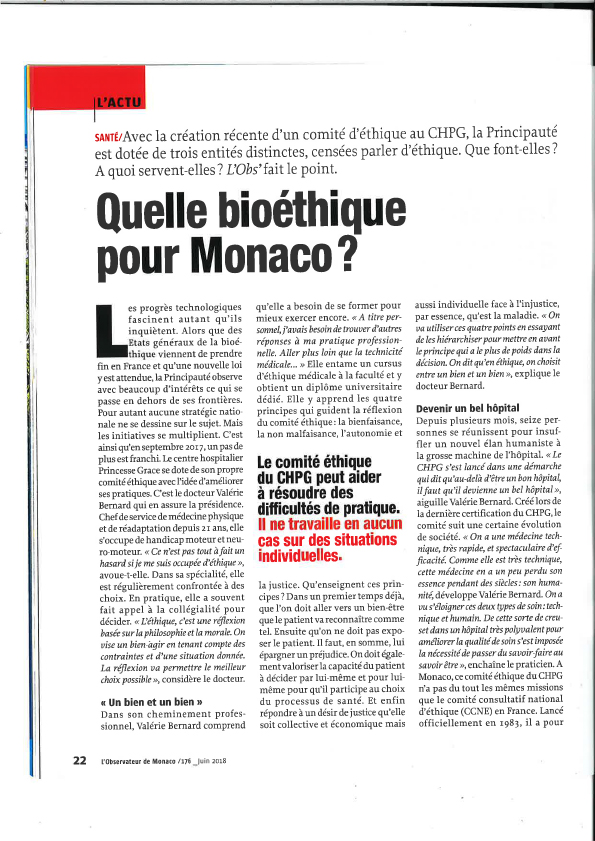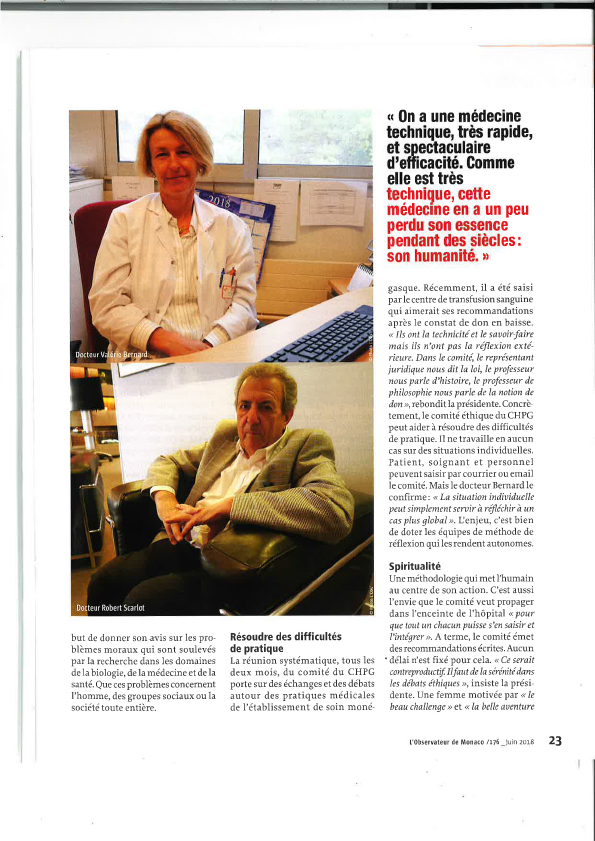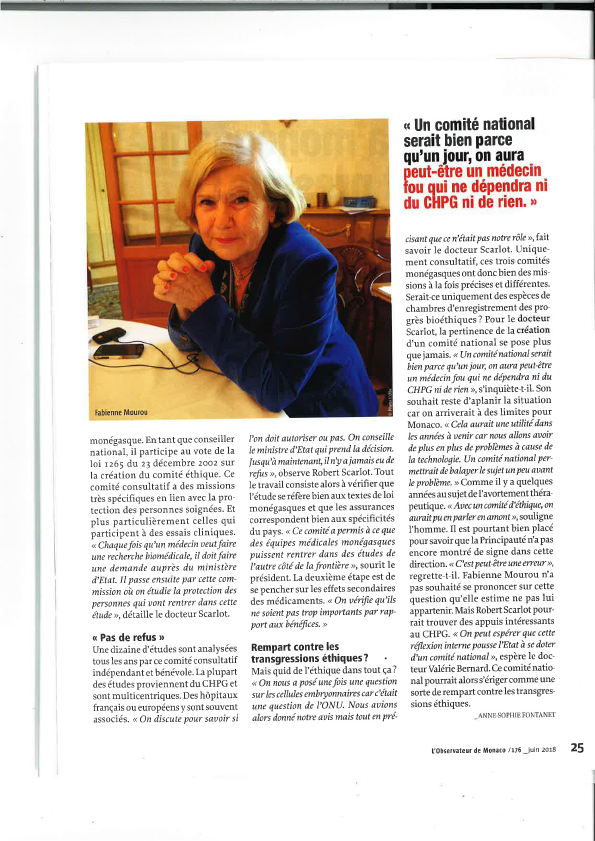An update on…
Sickle cell disease
Sickle cell disease, also called sickle cell anemia, is one of the most common genetic diseases in the world affecting populations of African descent. The clinical manifestations of sickle cell disease differ from person to person and include: anemia, pain crises, infections and thrombose. Mortality in Africa is very high but in developed countries, thanks to the introduction of new preventive and therapeutic treatments, the survival of the affected children has improved. The only currently available curative treatment for sickle cell disease is allogeneic hematopoietic stem cell transplantation, resulting in a 90% chance of cure. Other therapeutic approaches are in development such as new disease-modifying drugs (Glutamine, Voxelotor, Crizanlizumab), gene therapy (using a lentiviral vector) and gene editing tools (CRISPR-Cas9). New challenges for improving the future of sickle cell patients are to stratify patients according to the risk; to review the indications for transplantations and to define the best therapeutic approach for each patient. The ultimate challenge will be to enable these treatments in low- and middle-income countries, where the disease prevalence is the highest and where innovative strategies are most needed.
COVID-19 and genetics
Several studies have shown differences in sensitivity and severity of clinical manifestations of COVID-19. These differences could be related to socio-economic, ethnic or other genetic factors. For example, in Africa the severity of presentation has remained relatively moderate, with low death rates. Several hypotheses have been put forward to explain this low incidence: test capacity, population density, sunshine and high temperatures, population median age lower than that of industrialized countries.
Host cell factors, represented by the virus receptor angiotensin converting enzyme 2 (ACE2), transmembrane serine protease 2 (TMPRSS2) and frequency of ABO blood group vary among populations and might influence the response to COVID-19.
COVID-19 and hematology
Cancer patients, particularly those with hematological malignancies, are at higher risk of infections, including with the SARS-CoV-2 virus.
COVID-19 has had an impact on the health of patients with hematological diseases who are blood transfusion-dependent, as the pandemic has considerably decreased the number of blood donations, due to safety or logistic reasons, deeply affecting blood supply.
During the year 2020, several strategies to modify blood components processing and storage to prevent shortage were developed. To date, there is no evidence that the SARS-CoV-2 virus could be transmitted through blood. On the other hand, plasma contains antibodies that can be used to determine the prevalence of SARS-CoV-2 exposure and immunization level of blood donors. In addition, plasma rich in antibodies against the virus could be potentially used for therapeutic purposes in COVID-19 patients.
Umbilical cord blood transplantations in time of pandemic
Hematopoietic stem cell transplantation is the only curative treatment for many hematological diseases. The first umbilical cord blood transplantation in the world was successfully performed by Professor Eliane Gluckman in 1988. This transplantation led to the establishment of umbilical cord blood banks which made it possible to perform transplantations from unrelated cord blood in adults and children.
In 2020, the number of umbilical cord blood units stored in banks around the world was over 800,000. Over 50,000 patients who did not have an HLA identical donor could be transplanted with a cord blood with results comparable to HLA identical bone marrow transplantations.
During the COVID-19 pandemic, part of the collection of umbilical cord blood declined due to logistical difficulties. On the other hand, the number of cord blood transplantations increased as this graft source is readly available and difficulties in collecting and transporting bone marrow stem cells were encountered during this particular period. The COVID-19 pandemic highlited the great interest of umbilical cord blood; these cells, are taken at birth and cryopreserved; therefore, even if the logistic for collection is disturbed, umbilical cord blood transplants can be performed as usual with units previously stored in the cord blood banks. Moreover, since the units in storage were collected before the appearance of this new pathogen, it gives the reassurance that the graft is “SARS-CoV-2 free.” Thanks to this precious resource, stem cell transplantation could be continued without delays.






